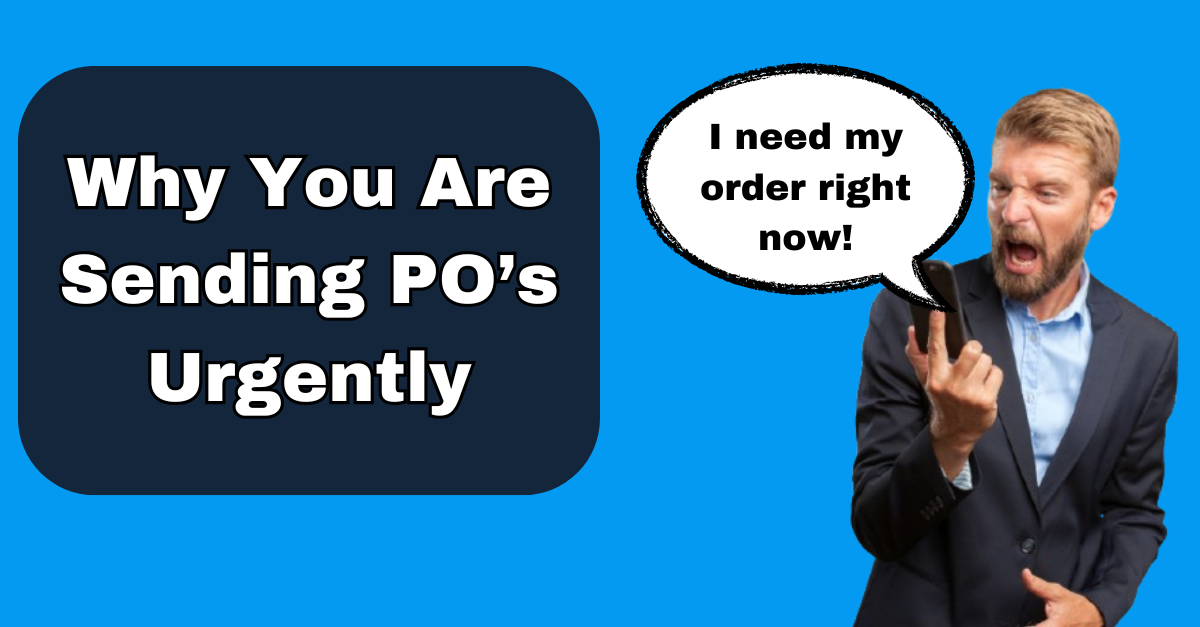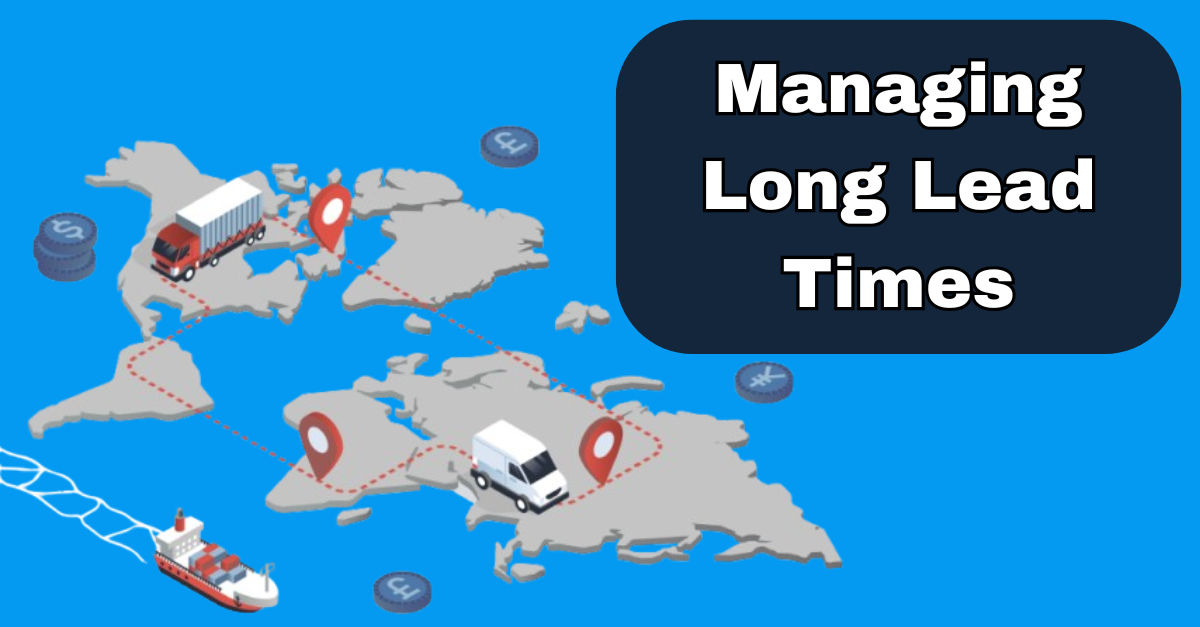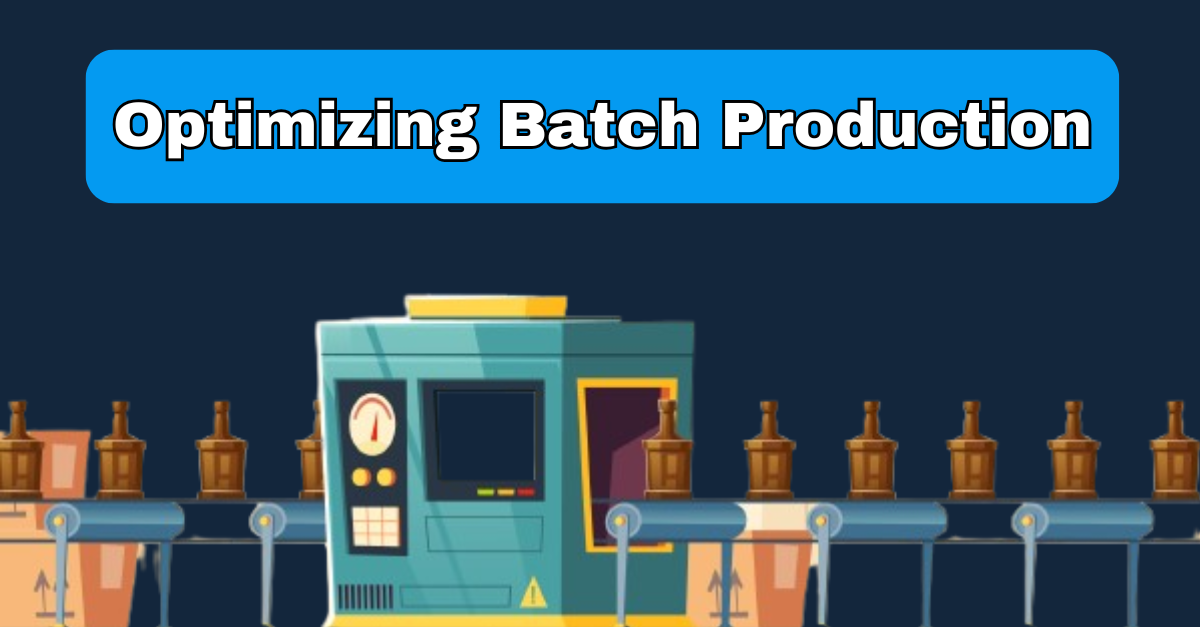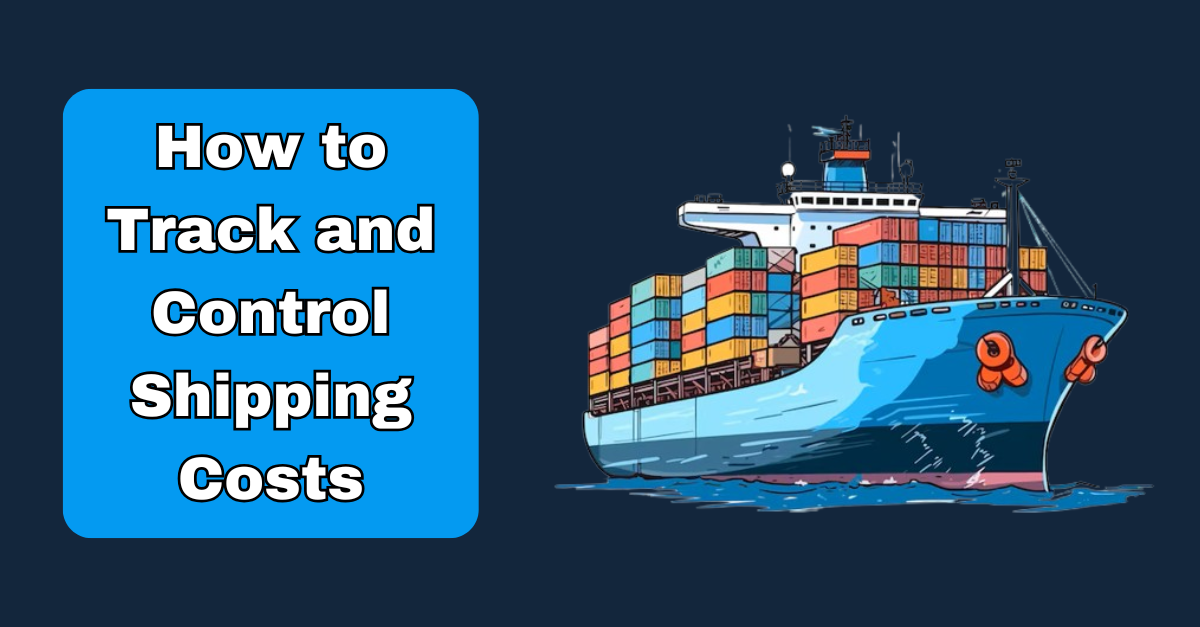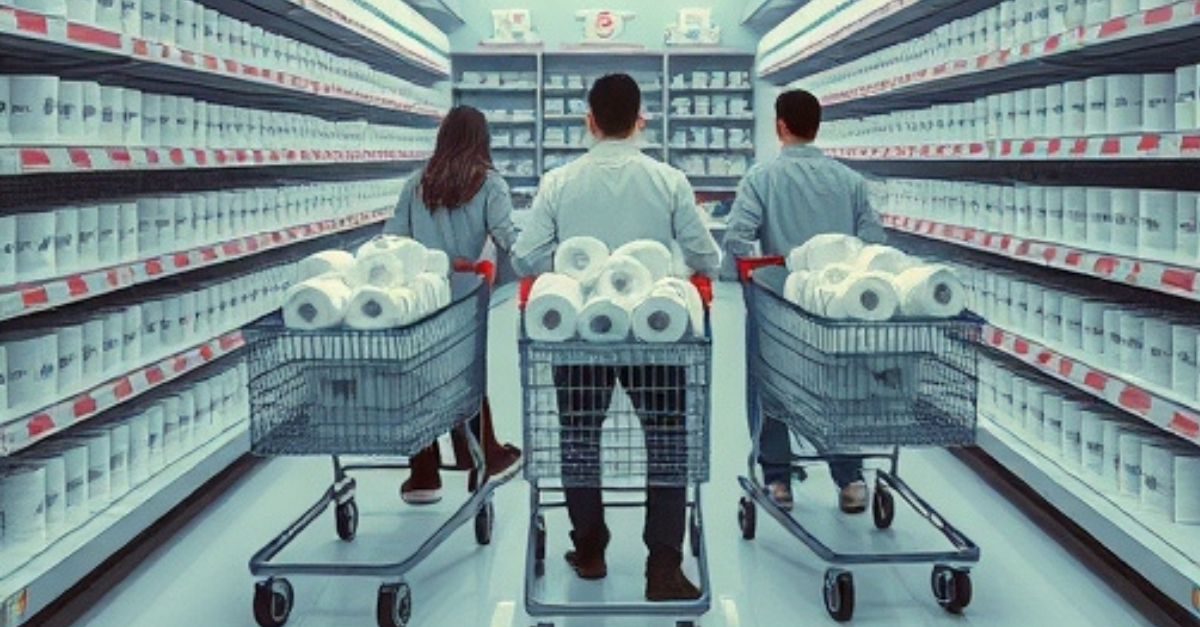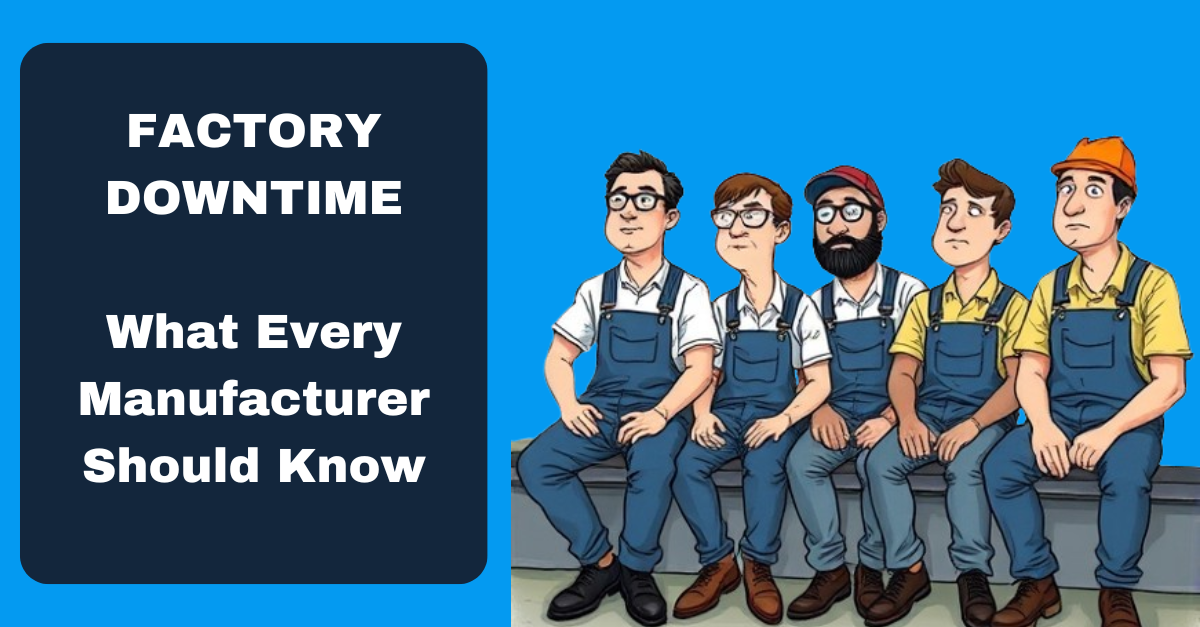Recent supply shain & tech news:
Black Friday: How to prep your supply chain - As the global spectacle of Black Friday approaches, marked by billions of dollars in consumer spending, industry players find themselves at a pivotal juncture where fortunes can be made or lost. Foremost among the challenges is the imperative to accurately predict consumer demand, a task growing increasingly complex amid heightened uncertainty in consumer behavior.
For logistics providers gearing up for Black Friday, success or failure hinges significantly on the warehouse, despite the concurrent importance of last-mile delivery. The recruitment of temporary staff emerges as a primary concern, especially in the face of existing labor shortages. Moreover, the intense pressure of Black Friday magnifies the critical importance of personal safety, standing as the paramount priority for maintaining operational efficiency in any warehouse.
A fundamental challenge facing the industry is the integration of its multifaceted components into a seamless, end-to-end system. While the long-term objective is the smooth synchronization of logistics with inventory, warehousing, and production platforms, the journey toward achieving this remains ongoing. The industry grapples with the imperative of making substantial progress in system integration between retailers, suppliers, and logistics providers, a challenge exacerbated in the post-Covid landscape where companies contend with an increased number of platforms requiring internal and external integration.
Sam Altman OpenAI Ceo reinstated - In a remarkable turn of events, Sam Altman is poised to reclaim the role of Chief Executive Officer at OpenAI following an "agreement in principle" for his reinstatement. The San Francisco-based company made this announcement after days of internal upheaval triggered by Altman's unexpected dismissal last Friday. In response, nearly the entire 750-member workforce at OpenAI had threatened mass resignations unless Altman was reinstated, a demand that led to a subsequent exodus after the board's compliance.
Microsoft, OpenAI's principal investor, played a pivotal role in advocating for Altman's return. On Monday, Microsoft hired Altman and Greg Brockman, who had resigned as OpenAI's president on Friday following Altman's dismissal. Brockman's return was confirmed on the X platform with a post stating "we are so back" alongside a selfie with colleagues. OpenAI is set to conduct an independent investigation into the circumstances surrounding Altman's sacking and its aftermath, shedding light on the recent internal turmoil and subsequent leadership changes.
Lamb prices in NZ - Sheep farmers in New Zealand are grappling with an unexpected and rapid decline in lamb prices, witnessing a more than 20% drop—levels not seen in six years. Lamb schedules have plummeted in recent weeks, with some companies now offering just $6.50 a kilo, a stark contrast from $8.30 two seasons ago and $7.20 last year. The significant dip is attributed to persistently soft demand from crucial markets like China, coupled with an influx of Australian lamb saturating markets. Farmers are feeling the impact on their incomes, with store lambs forecasted to go from $110 last year to less than $90 this season, resulting in substantial budget deficits.
While dairy shows signs of improvement and sheep and beef typically follow the dairy trend, the anticipated relief is not expected until next winter, offering a cautiously optimistic outlook. However, this glimmer of hope is described as a "not very strong light," acknowledging the challenges that must be navigated before reaching a more stable economic landscape. Despite the difficulties, farmers are encouraged to stay resilient, make informed decisions, and weather the storm in anticipation of a potential recovery next winter.
UPS warehouse equipped with 3000 robots - UPS has opened its $79 million, 20-acre warehouse in Louisville, Kentucky, equipped with over 3,000 robots by 2024. This advanced automation is poised to significantly reduce manual labor requirements, allowing UPS to operate the facility with approximately 200 workers, a number expected to grow. The implementation of robots not only enhances worker retention by around 30% but also results in a 40% reduction in injuries from heavy lifting and repetitive tasks. It's noteworthy that these warehouse workers operate independently from UPS's primary small-package delivery business and are classified as non-union employees. This transformative step places UPS at the forefront of robotic innovation in the logistics industry.
News sources:
Preparing for Black Friday - CEVA Logsitics
Sam Altman OpenAI Ceo reinstated - Tech Crunch

